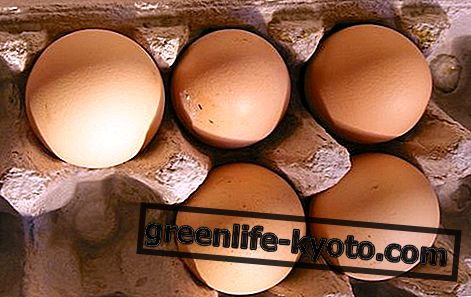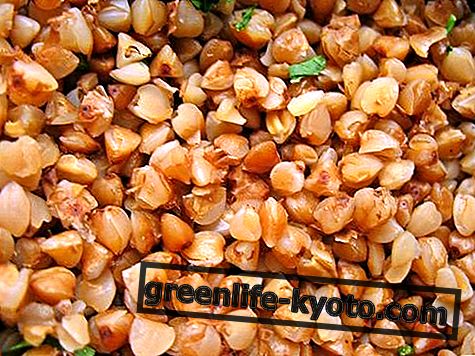
Nowadays we use the term " Pilates " to indicate a form of fitness, called a method, which takes its name from its inventor, the German gentleman Joseph Pilates, born in the late 1800s.
Suffering from an early age from asthma, rickets and rheumatism, he spent much of his energy trying to improve his health.
He therefore developed the fitness method that takes his name based on his considerations related to postural errors induced by modern life, and by a bad form of breathing unfortunately widespread .
The Pilates method is based on a series of precise principles :
1. Breathing
A correct oxygenation of the body corresponds to an invigoration of the same.
2. Concentration
The quality of the attitude with which you train counts as much as the exercise itself.
3. Control
Consequently to the concentration follows the total control of the muscles of the body.
4. Alignment
Proper positioning of body parts; abdominals, back, hips, shoulders, etc.
5. Fluidity
A continuous transition between positions, based on the economy of movements and elegance.
6. Posture
Continuous attention to correct posture to avoid muscle problems.
7. Accuracy
More important than the number of exercises or their intensity and their accuracy.
8. Relaxation
As a direct consequence of the correct posture of the muscles and of a correct attitude.
9. Resistance
That is the ability to do more exercises, due to a saving of strength.
To date, more than 10 million people worldwide ( especially in the Western world ) practice Pilates and enjoy the benefits.
The main benefits of Pilates :
1. Body-mind coordination
All this work on the quality of breath, on the correct posture of the back and pelvic rotation, increases body-mind coordination and awareness of one's body. As mentioned, this is due to the importance given to the quality of the exercises rather than the quantity. A tendency to efficiency that has excellent anti-stress qualities.
2. Strengthening of the center of gravity
Working to have strong abdominals and a well-aligned back at the same time, we will have a strong center of gravity, based above all on developing the deep internal abdominal muscles closer to the spine.
3. Improved flexibility
While conventional fitness tends to concentrate muscle mass with contraction, Pilates has a soothing action on the muscles, lengthens them and makes them all the more flexible and elastic, as well as strong and resistant to injuries.
4. Improved physical form
When you train without a precise general idea, you tend to make your muscles already stronger even stronger, and those already weak proportionately even weaker. The focus of Pilates on the control of all the muscles of the body prevents this and increases the range of potential performances not limiting itself only to some exercises suitable for a type of physiology. In this way there are no forms of overtraining or under training and there are no untrained peripheral and secondary areas.
5. Applied efficiency
Thanks to the practice, the body is taught to look for efficiency in every moment and movement. Pilates in fact works on a set of muscles without isolating them from the rest, in a fluid transition system from exercise to exercise. In this way the body learns and corrects itself by improving the quality of its exercises and optimizing its behavioral patterns.
6. Sweet practice
Most exercises are performed by lying down or sitting down, reducing stress due to the impact of gravity on the muscles. This makes it sweet, ideal for rehabilitation, safe and accident-proof.
7. Relieve back pain
This type of pain is one of the main reasons that practitioners initially approach Pilates. The strengthening of the center of gravity and a correct posture work to alleviate many types of chronic back pain, in the lower part as in the upper part, especially in the lumbar-pelvic area, particularly under-stressed due to incorrect lifestyles.
8. Safety for the joints
Pilates can also be practiced by those with joint problems, as mentioned above, it is a safe and sweet practice, which due to the postures reclined does not weigh on the knees, ankles or elbows.
9. Improved blood circulation
Proper breathing further acts on the oxygenation of the muscle tissues involved in the exercises, clearly improving their performance and raising the body's overall health level.













